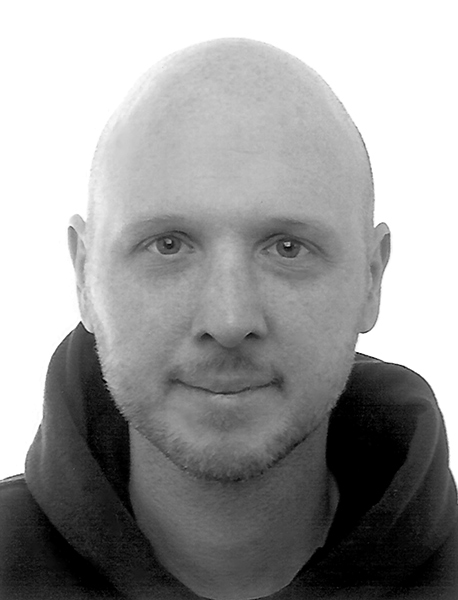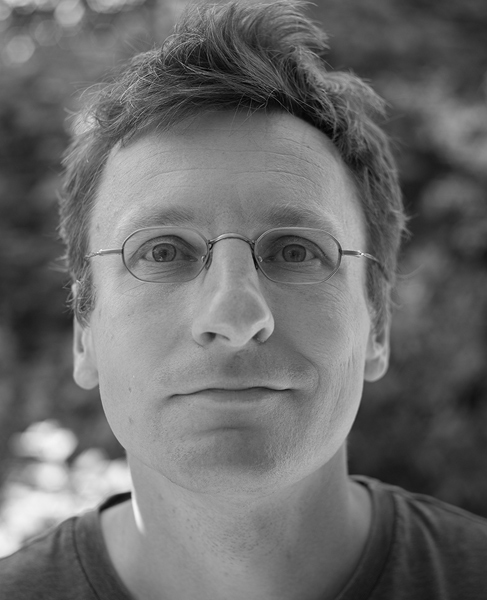Company Profile
Focus
We specialize in consulting and software development for research & development projects, with a focus on computer graphics, image processing, and machine learning.
Our expertise spans a wide range of industries, including automotive, industrial 3D visualization, computer-aided manufacturing, medical imaging, and astronomy.
Development
Our software development focuses on robust, easy to read code that offers solid run-time characteristics when needed. Most of our work is done on Windows/Linux x86, x64 platforms but is not solely focused on that. During the work with our clients we came across a broad set of languages and extensions (such as SSE Assembler, OpenMP, OpenGL, GLSL, Nvidia CUDA, C,
We share a strong mathematics background and a well-founded knowledge in computer graphics and machine learning techniques.
Clients
EOS GmbH, BMW AG, Pierer Mobility AG, Magna Electronics, Realtime Technology AG (now Dassault Systemes 3DExcite GmbH), IventIM Solutions, Rendoscopy AG, Thuringian State Observatory Tautenburg
About Us

Alexander Mellich
Alexander studied Informatics at the Technical University of Ilmenau and has been working as a freelance software engineer since 1998. His focus has been on projects involving Virtual Reality, 3D Visualizations, and Human-Machine Interfaces. In 2023, he joined TEXTURE-EDITOR as a partner, bringing his extensive expertise to enhance our portfolio.

Aick in der Au
Aick began his coding journey at the age of 10 on a Commodore C128. He pursued a degree in Informatics at the Technical University of Ilmenau, where he became actively involved in the demoscene, creating 64K intros. After completing his studies, Aick worked for four years at a CAD company before co-founding TEXTURE-EDITOR in 2014.
Completed client projects
BMW AG
Procedural generation of synthetic orthophotos with real geographic data.
Orthophotos are omnipresent in digital earth viewers however they contain pre-baked lighting and exhibit artifacts like clouds, shadows, and color variations due to seasonal changes.
We helped in the development of a software prototype that generates synthetic orthoimages. Geographic data from various sources such as land cover data, Digital Elevation Models (DEMs), climate classification maps, and other GIS data are fed to multilayer artificial networks. Further
refinement and details are achieved by various procedural rendering techniques.
BMW AG
Next generation rendering of navigational data.
TEXTURE-EDITOR helped with the design and implementation of a platform independent, modular
BMW AG
Development of Advanced Driver Assistance System (ADAS) client / server prototypes for navigational purposes and protocol definition for HD navigational map data transfer across multiple ECUs for precise localization, lane guidance, road foresight, and autonomous driving.
BMW AG
Embedded software development and graphic asset management for Instrument Cluster and Headup Display. Focus on 2D and 3D distributed rendering using Candera CGI Studio and BMW RAMSES.
Magna
In-vehicle data collection tool employed in data collection vehicles for machine learning for Audi Front Camera development. Logging of video and reference sensory data using a robust technology stack that includes ROS, Python, C++, CAN, FlexRay, AUTOSAR, and CUDA. Technical specifications and user manuals were built and maintained within PTC Windchill to ensure precision and reliability.
Usaneers GmbH
Rapid prototyping of automotive 3D user interfaces, including instrument clusters, head units, and head-up displays. Specialized 3D engine development with exporters for Cinema 4D and 3D Studio MAX. Creation of a seat box for board of directors' presentations and extensive user studies to enhance usability.
EOS GmbH
EOS provides Computer Aided Manufacturing (CAM) solutions for additive industrial 3D printing. TEXTURE-EDITOR provided technical consulting services regarding tools and technology, algorithmic analysis of 3D CAD models, and evolutionary Multi Target Optimization on CAD meshes for EOS in house software solutions.
Thuringian State Observatory Tautenburg
TEXTURE EDITOR developed ASPECT - a data mining software for the exploration of large spectroscopic surveys. Analysing the output from astronomical surveys is an important challenge in modern science. This, however, is not an easy task for voluminous datasets. The heart of the software is a Kohonen self-organizing map (SOM) that is able to cluster up to several hundred thousand spectra. The resulting two-dimensional SOM of topologically ordered spectra allows the user to browse and navigate through a huge data pool and helps him to gain a deeper insight into underlying relationships between spectral features and other physical properties.
Dornröschenstr. 48
81739 Munich
Germany
Tel: +49 89 324 900 88
UST ID: DE 294 001 948